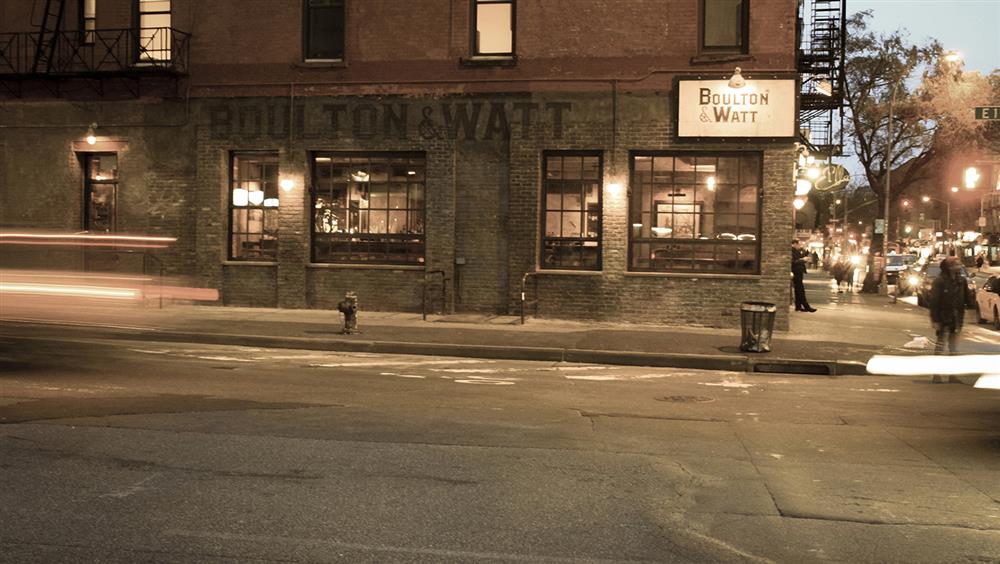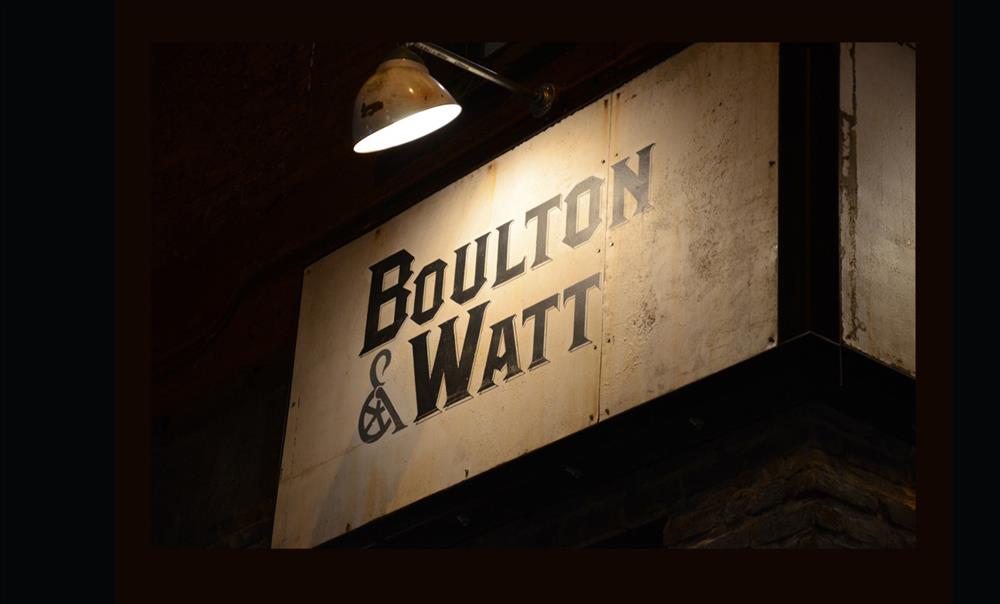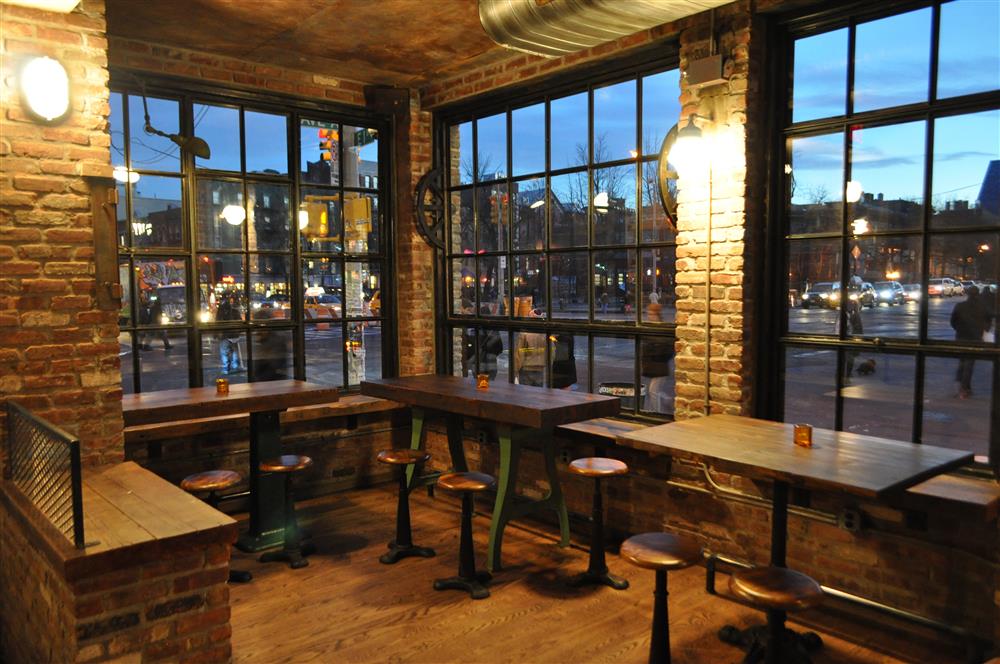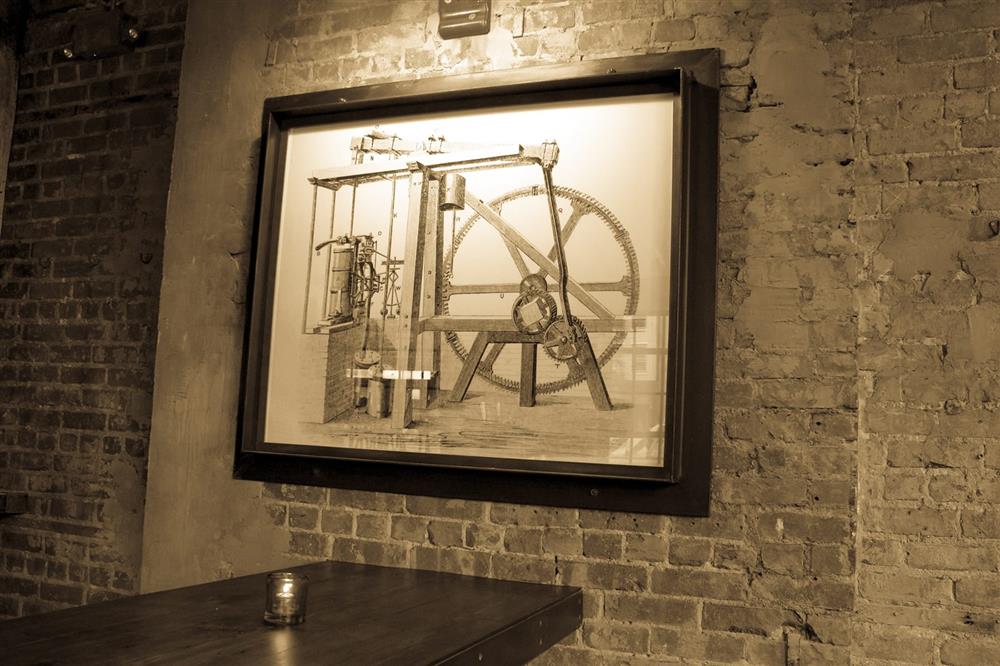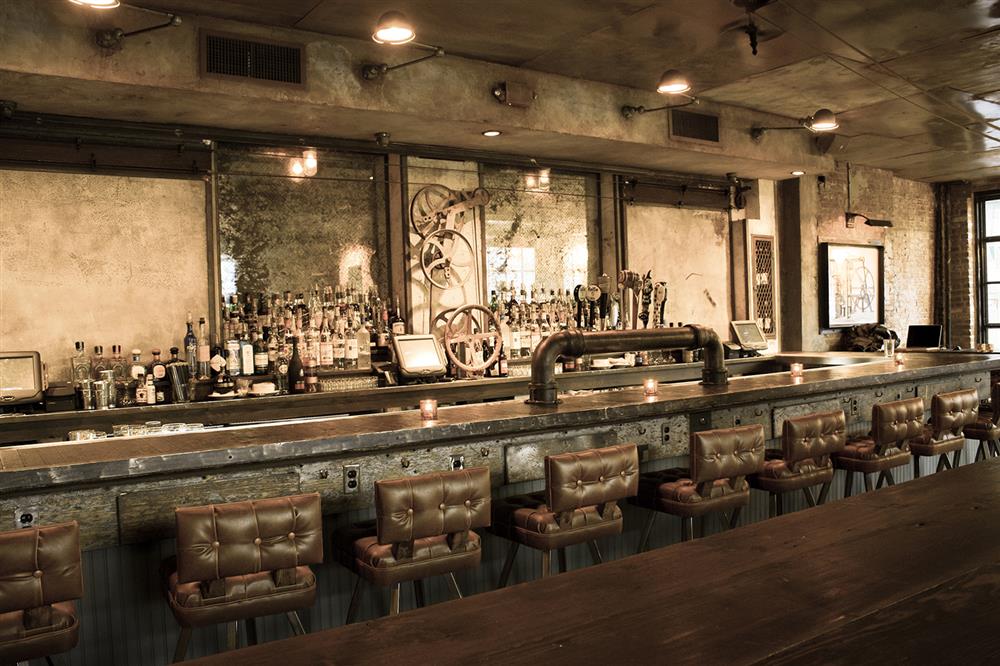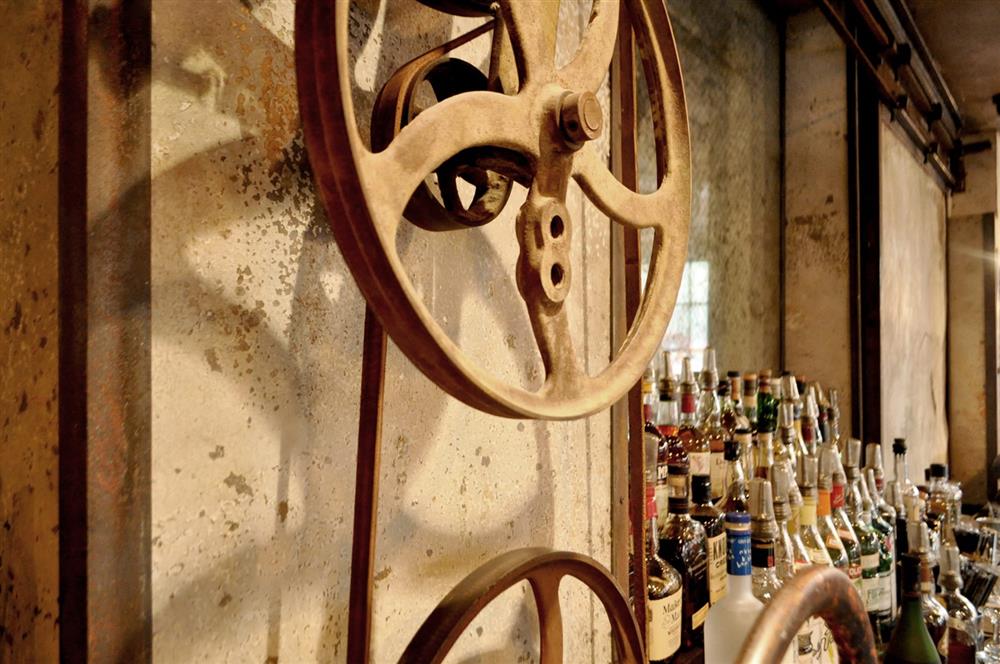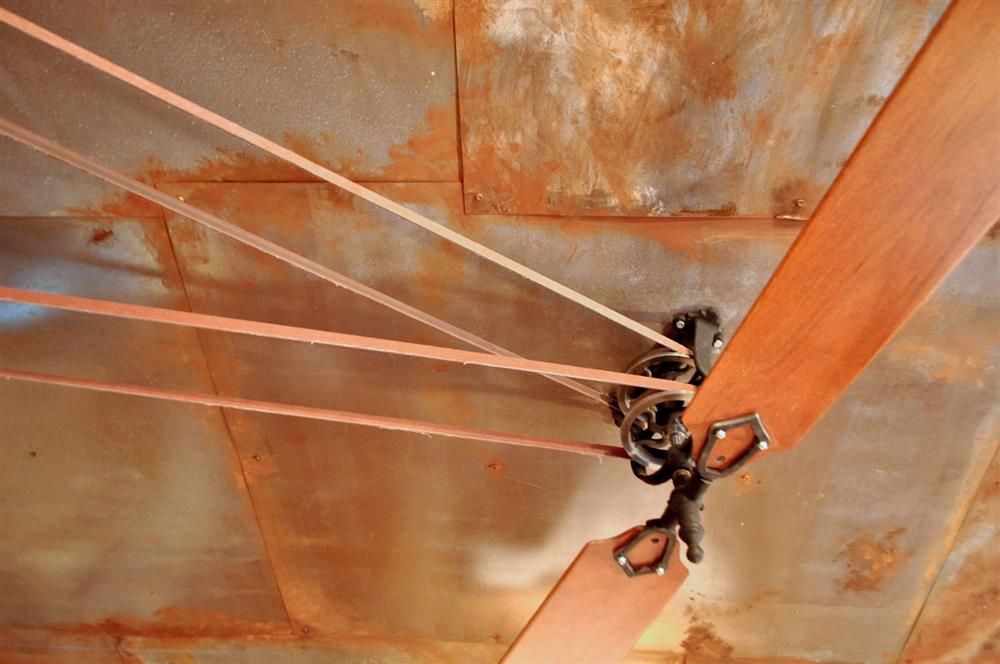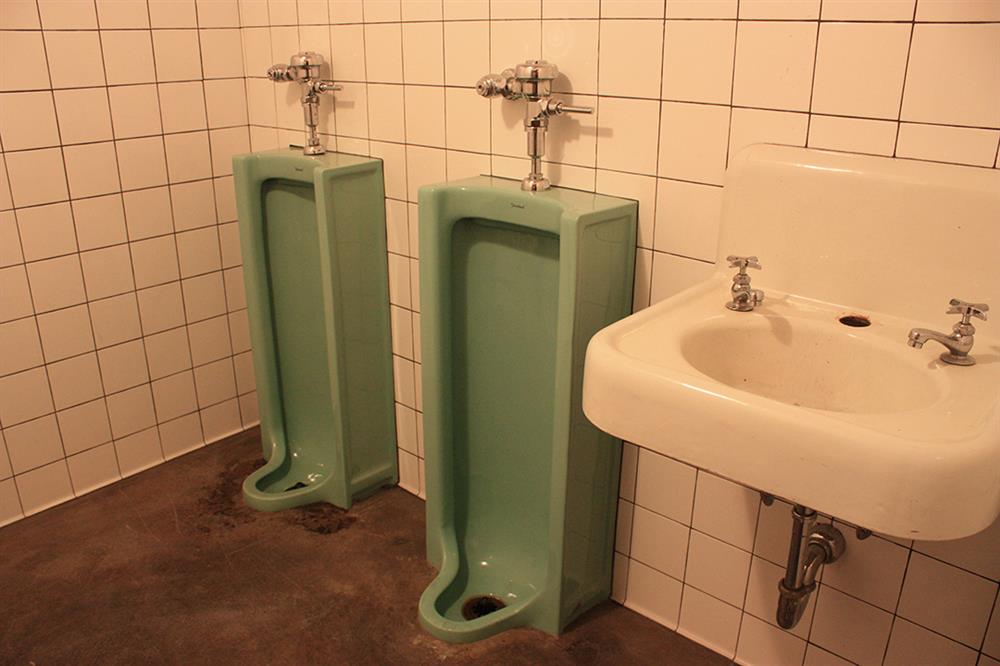Going “green” has been a popular theme chanted in Hollywood, schools, and corporate America over the last decade. Recycle, reduce, reuse – and close the loop, right? The truth of the matter is that Olde Good Things has been ahead of the “green” movement since we began back in 1995. We’ve been salvaging, restoring, refurbishing, re-purposing, and reusing architectural goods since the day we opened, and we couldn’t be more proud of the results.
Saving the trees
According to the UN FAO State of the World’s Forests 2007 report, a report written to express the level of global deforestation, “the statistics on global production and consumption of wood fuel (charcoal and other energy uses) round wood (paper and other non-lumber products) and sawn wood (lumber). It estimates global production at 1.7 billion (46%), 1.6 billion (43%) and 421 million (11%) cubic meters.” These numbers are staggering, but when you stop to consider that these numbers are 6 years old (population and industry growth have increased steadily over the last six years), you shouldn’t be surprised that the number of trees cut down every year is nearing the tens of billions.
At Olde Good Things we know that trees are literally the life’s breath of the planet, which is why we go out of our way to include lumber and wood reclamation in our architectural salvage efforts. We salvage wood from old barns, churches, farm houses, and other structures dating back to the late 1800s. This reclaimed wood isn’t used as fuel or ground down into saw dust, it is lovingly and skillfully restored and used to handcraft our more beautiful farm tables. Not only that, much of the wood pieces we salvage from churches and other period structures are restored and reused as architectural touches in many home remodels throughout the US.
When our customers choose to use reclaimed or salvaged wood in their home remodels or interior design projects, they are choosing to bring history, beauty, and an element of “green” into their lives.
Reducing waste
Between the Civil War and WWI, the US became a booming industrial society. Factories, warehouses, and mills popped up all over the face of the nation – much like a rash that had been left unchecked. After WWI many of the factories that were used to build household goods, automobiles, farming equipment, and textiles were put to use building war machines and service goods for the men fighting overseas. While this may sound like a business boom for the industrial complex, it was a shot in the gut. Much of the goods made were manufactured at a fraction of the usual costs, and with so many men fighting in the war, factories were forced to employ women (women were thought to be weaker, slower workers). When the war ended, despite the influx of male workers seeking their old jobs, many of the factories that had employed them had fallen on hard times.
Fast forward to 2013; those factories from the historical Industrial era are still standing – hollow skeletons where an American Dream’s heart and soul used to be. These hulking structures are condemned, dangerous, and marked for demolition. Rather than allow much of the interior industrial goods to fill a landfill, Olde Good Things brings along a squad of skilled salvage experts and we remove the lighting fixtures, the work benches, the doors, the glass, the machine bases, and anything else we can haul away in our trucks.
Industrial chic is a growing trend in interior decorating circles, and Olde Good Things loves providing home owners, designer/decorators, and architectural firms with authentic, industrial items for their design and build projects.
We at Olde Good Things believe that if it can add value, beauty, and history to someone’s home, it shouldn’t go to waste. We believe that “green” is beautiful, useful, and worthy of our time and efforts.
If you’d like to turn your next home remodel or redesign project into a “green” design and build, visit one of our locations to take a tour through our growing inventory.
Over a Century of History with Industrial Holophane Light Fixtures







